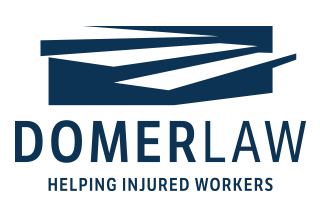Nurses have one of the highest rates of musculoskeletal disorders in any field in the U.S. Everyday tasks can endanger the health of your spine. Awkward twisting, lifting and manually repositioning patients can lead to serious damage over time. Traumatic injuries can happen in a split second. Supposedly stable patients can stumble. Heavier patients can fall on medical professionals of smaller stature. Short-staffing can put pressure on a single nurse. Emergency situations can place someone in a physically difficulty position.
Accidents are common for nurses and medical professionals (this includes registered nurses, certified nursing assistants, physician assistants, advanced practice nurse prescribers, and more). If possible, safe patient handling techniques or lifts can help minimize those accident risks. There are many myths around safe patient handling, and as a natural caretaker it can be tempting to help a patient stand once or twice. Your patient might be agitated or have a sour attitude toward mechanical lifts. While these are not always feasible, these machines can be used for your safety and that of the patient.
What is the truth behind common mechanical lift myths?
The following are common misconceptions patients, nurses, doctors and hospitals might have about mechanical lifts:
- MYTH — Mechanical lifts are an unnecessary expense. Several studies find that within two to five years, these machines pay for themselves. Hospitals who provide training and invest in equipment reduce injuries, decrease workers compensation costs, improve patient and worker satisfaction and increase productivity.
- MYTH — Patients do not like or trust mechanical lifts. When patients and professionals are educated about how the lifts keep them both safe, they improve satisfaction for both parties. Studies show that patients feel safer using mechanical lifts.
- MYTH — It is faster to lift a patient manually. While it is true that facilities who do not have a sufficient number of machines experience temporary delays in care, this is not true when a facility has enough machines. On average, it can take five minutes longer to transfer patients manually.
Can mechanical lifting machines eliminate injuries?
Machines alone cannot keep patients and workers’ safe. Only training and a respected, reliable workplace culture focused on safety can help to do that.
No workplace, however, is without risk. Even with the best training or mechanical lifts, injuries happen to nurses and medical employees. Some of the most common injuries are to the spine, involving the neck and back. As a medical provider, you are still at risk for injury in nearly every aspect of your job. If injured, you need to make sure you are protected by talking to an experienced worker’s compensation attorney.


